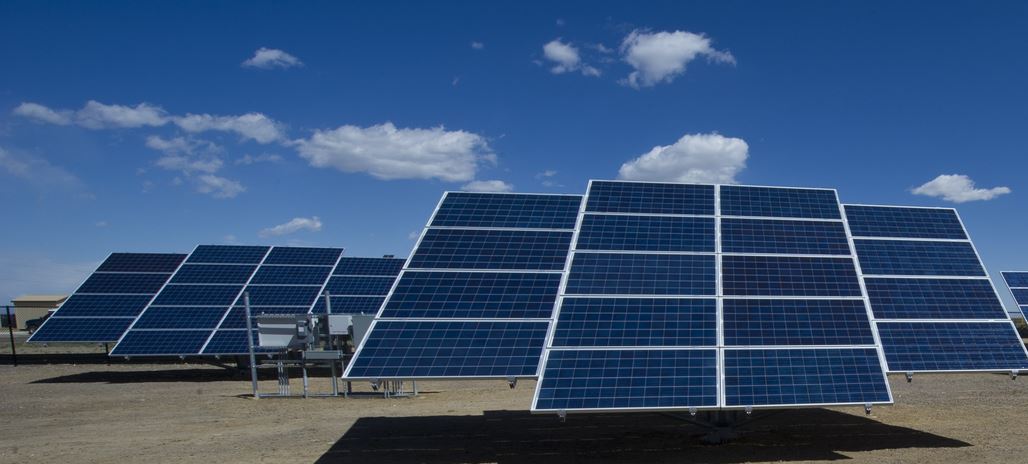Where New York’s investor-owned utilities go, the Long Island Power Authority (LIPA) is following.
Though LIPA is not answerable to the New York Public Service Commission, it has proposed changing the way commercial customers pay for on-site solar generation, moving away from traditional net metering to a value of solar system, which appears to be based on the formula set forth under the Reforming the Energy Vision (REV) proceeding in March.
Residential customers will be unaffected by the change.
If the proposal is approved by LIPA trustees in late December, the compensation structure will shift on January 1. However, commercial generators that are either interconnected or substantially interconnected by January 1, 2020 will be grandfathered under the net metering system for 20 years, after which they will be moved to whatever tariff structure is in effect at the time.
The other change to the program for these customers is that credits will roll over to the next billing cycle instead of being cashed out at the end of each year. Commercial customers with credits that extend beyond the 20-year sunset provision will lose them.
Under the proposal, large commercial customers will face substantial changes. Instead of a simple net metering plan, all large-scale customers installed after January 1 will be compensated under a value of solar program, the equation for which includes the following elements:
- Energy value, based on customer exports to LIPA’s grid for any hour based on the New York Independent System Operator day-head Locational Based Marginal price for Zone K;
- Capacity value, based on the participating project’s “Capacity Value” multiplied by the applicable price for capacity. The Capacity Value will be calculated based on net exports onto the Authority’s system at the time of the peak recorded for Long Island, Zone K.
- Environmental value, which will be the lesser of the the New York State Energy Research and Development Authority posted Tier 1 Renewable Energy Credit (REC) price or the levelized Tier 1 REC value.
-
Distributional value; based on a systemwide Demand Reduction Value and a location-specific Locational System Relief Value (which essentially translates to an avoided cost calculation).
Like smaller commercial projects, large-scale commercial customers will be guaranteed their rates for 20 years, after which they will be moved to whatever compensation plan is in place at the time.
LIPA says the changes would only affect 200 commercial projects currently in the queue. Critics of the plan predict that the changes could cost Long Island 4,000 jobs and stunt a market on the verge of enormous growth.
This content is protected by copyright and may not be reused. If you want to cooperate with us and would like to reuse some of our content, please contact: editors@pv-magazine.com.








By submitting this form you agree to pv magazine using your data for the purposes of publishing your comment.
Your personal data will only be disclosed or otherwise transmitted to third parties for the purposes of spam filtering or if this is necessary for technical maintenance of the website. Any other transfer to third parties will not take place unless this is justified on the basis of applicable data protection regulations or if pv magazine is legally obliged to do so.
You may revoke this consent at any time with effect for the future, in which case your personal data will be deleted immediately. Otherwise, your data will be deleted if pv magazine has processed your request or the purpose of data storage is fulfilled.
Further information on data privacy can be found in our Data Protection Policy.